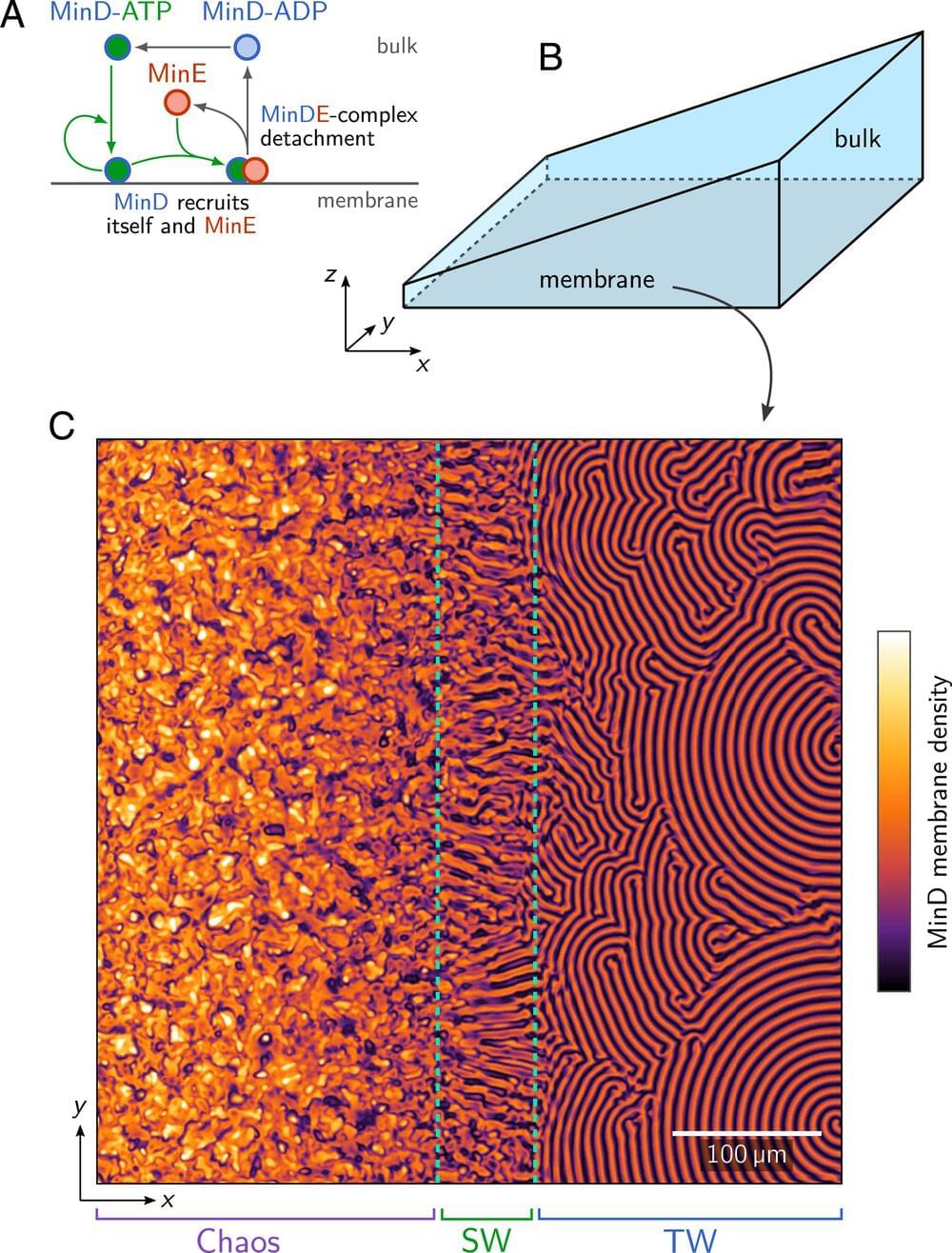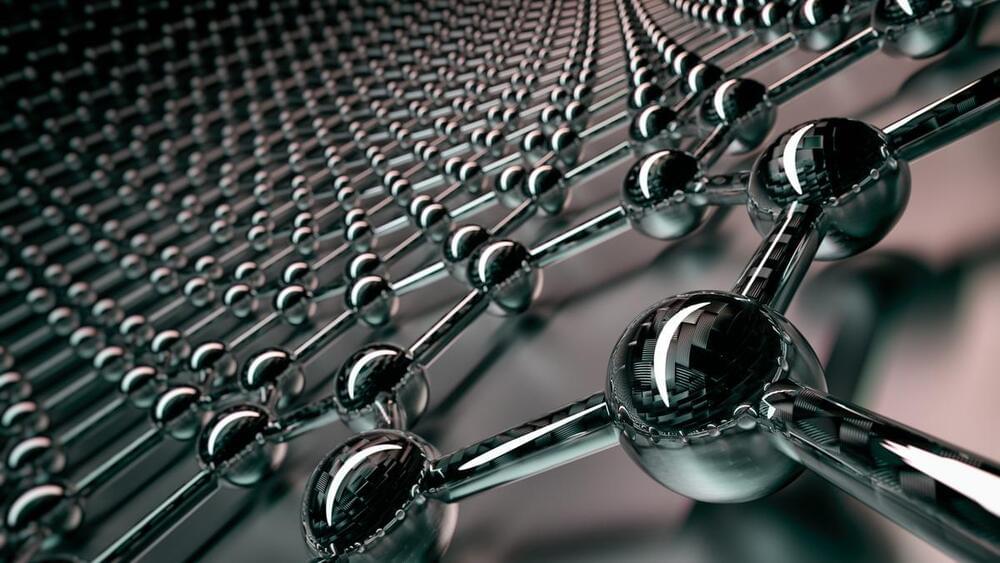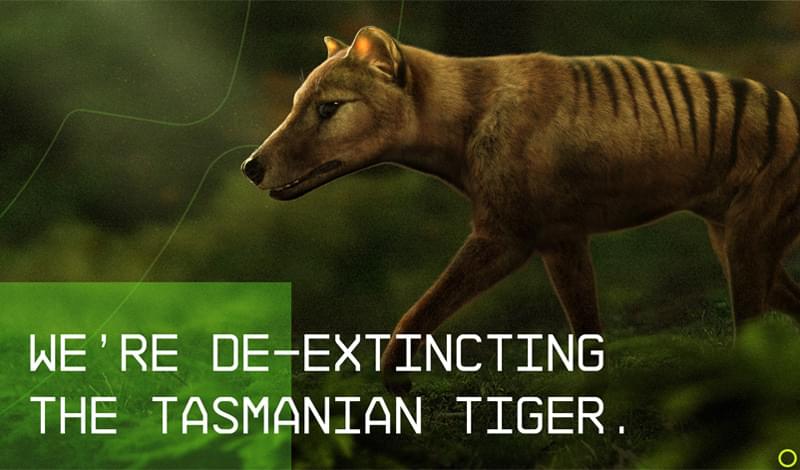And these miniaturized brains could save regular-sized brains.
Electroencephalography (EEG) caps are medical devices doctors use to diagnose brain disorders like epilepsy and seizures in patients. In the past decade, scientists have created 3D mini-brains called brain organoids from human-derived stem cells that mimic some aspects of brain development. A team of researchers at John Hopkins University has recently developed the world’s smallest EEG caps to study these more efficiently. The micro EEG caps can be used on a brain organoid the size of a pen dot.
Brain organoids can mimic some key features of the human brain. Scientists create them to understand the human brain’s development process and the factors leading to various neural disorders. Moreover, such mini-brains can also be used to perform experiments that researchers would have to otherwise perform on a real brain. Thus, eliminating the need to conduct tests on live human and animal subjects. has long been the stuff of science fiction but now mind-reading machines may actually be here and they may not be invasive. Researchers from the Russian corporation Neurobotics and the Moscow Institute of Physics and Technology have found a way to visualize a person’s brain activity as actual images without the use of invasive brain implants.








